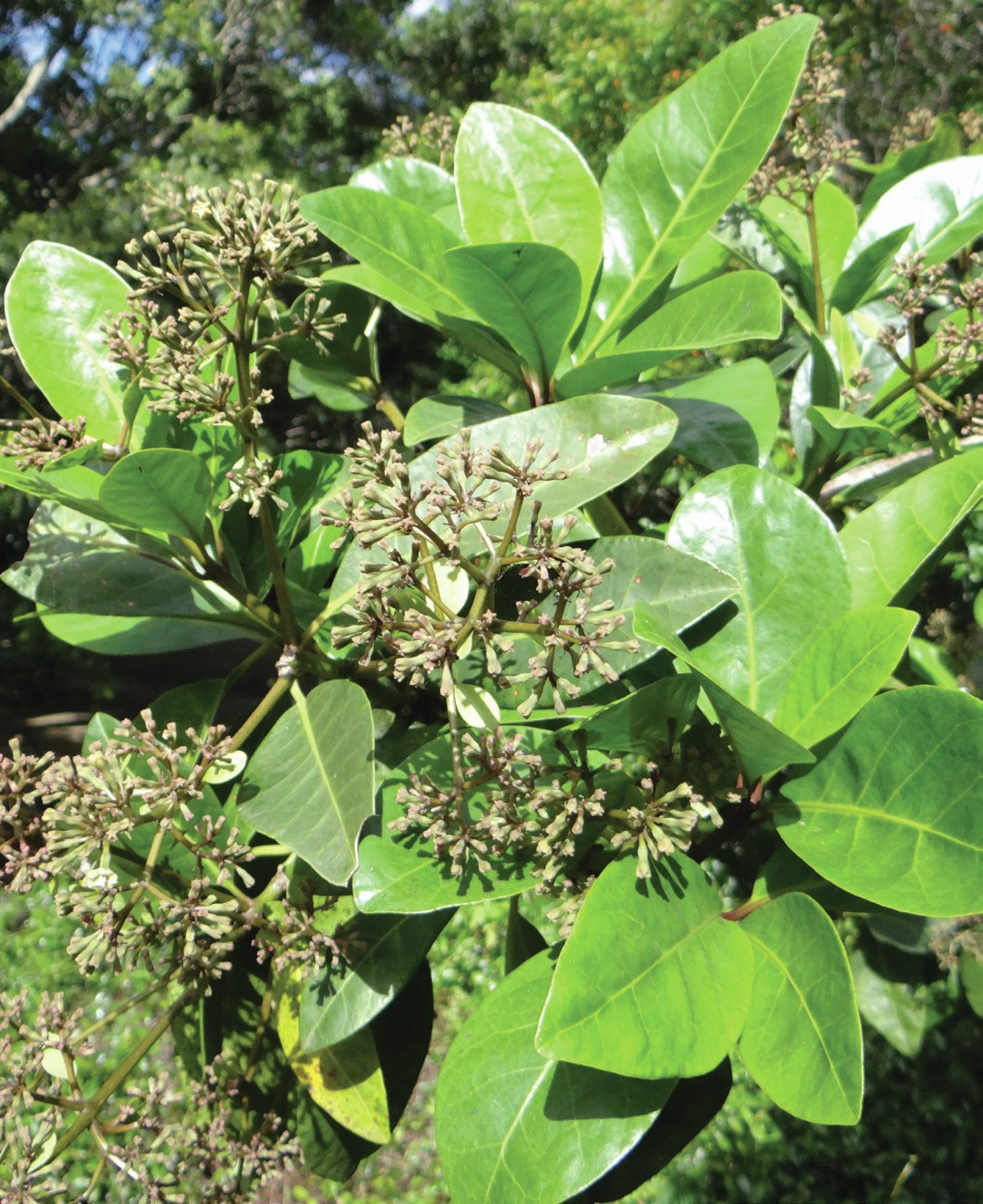
The flowers and leaves shown in Figure 1 belong to a tropical tree called Pisonia. Extracts from the leaves contain analgesics (painkillers), and chemicals that are effective against Mycobacterium tuberculosis — the bacterium that causes TB. The tree provides the favourite nesting site for the Seychelles warbler, a bird brought back from the brink of extinction by transporting breeding pairs to an island with the trees.
Manta rays — huge ‘winged’ filter-feeding fish (see www.bbc.co.uk/nature/life/Manta_ray#p00l27r1) — are more numerous around coasts where Pisonia trees grow than where the trees have been removed and coconut palms planted in their place. This is because few animals perch or nest in coconut trees. A huge range of animals use Pisonia trees, however, and when their excrement falls to the ground beneath them, it provides nutrients for the tree and enriches the rain that runs off into the sea, thus boosting the numbers of plankton upon which the mantas feed.
Your organisation does not have access to this article.
Sign up today to give your students the edge they need to achieve their best grades with subject expertise
Subscribe




